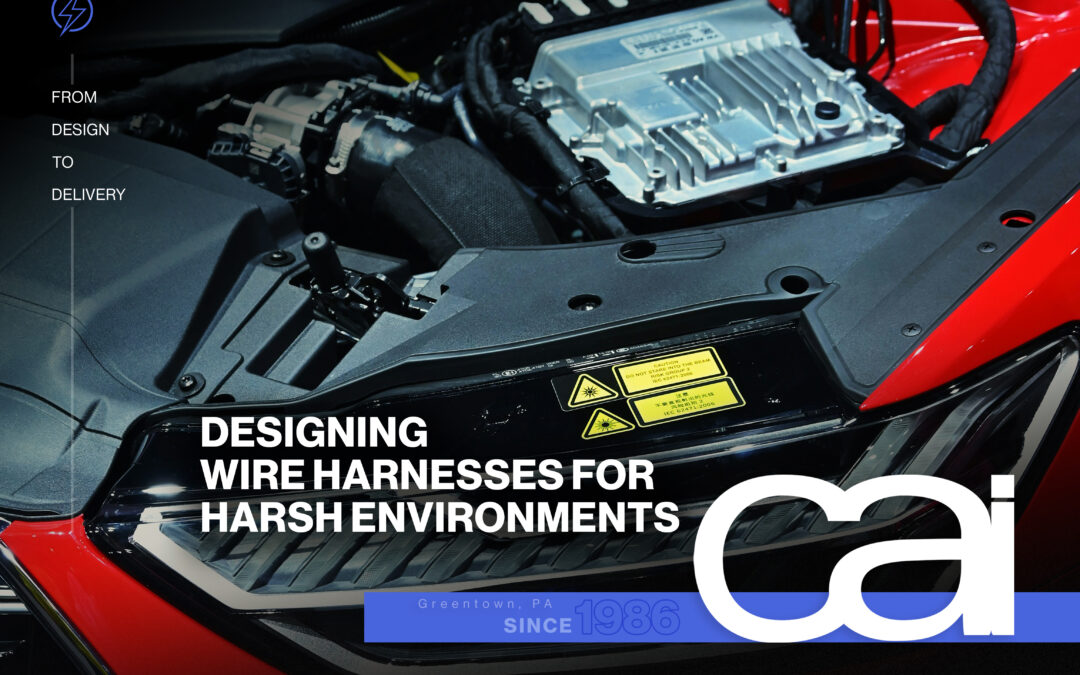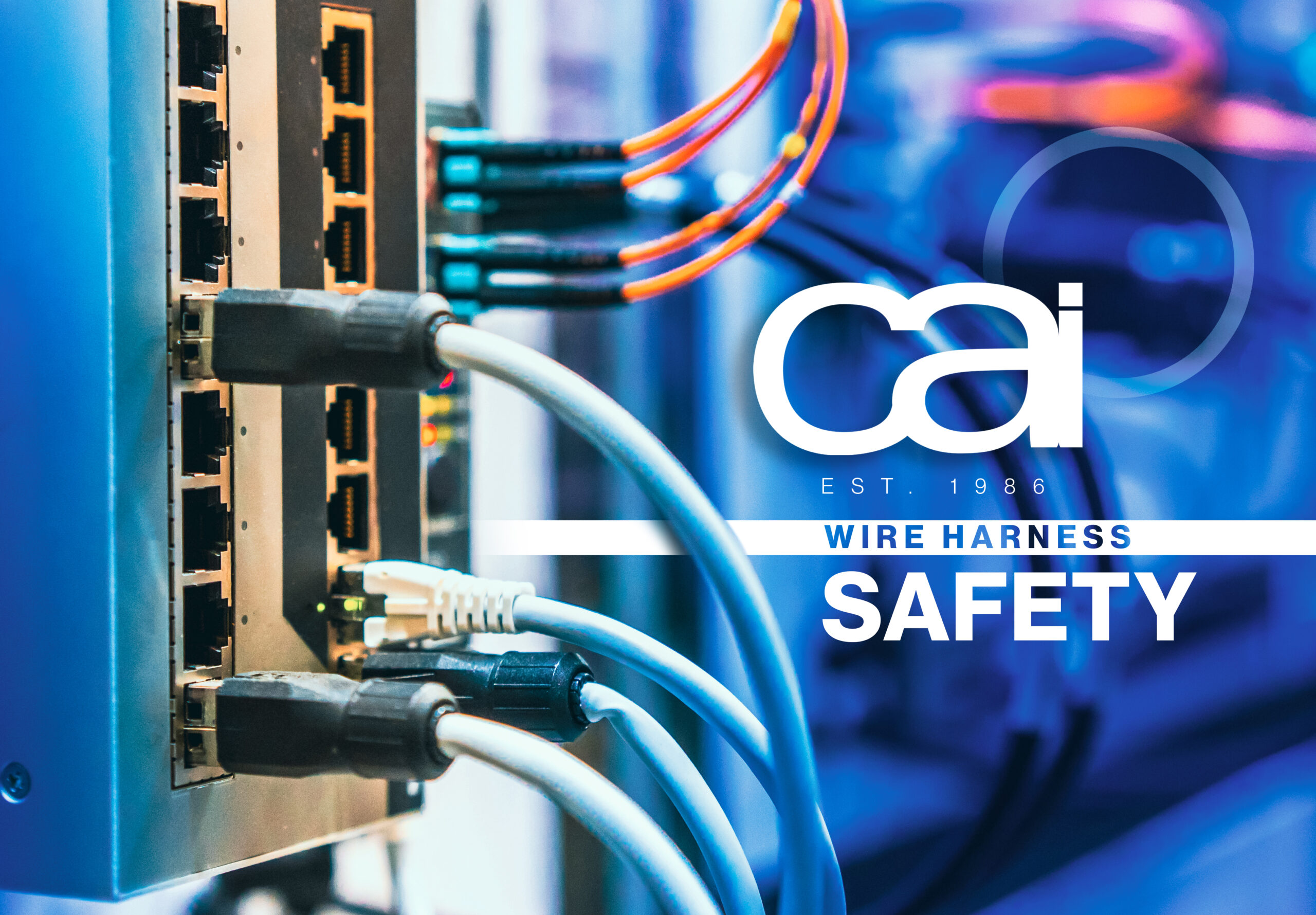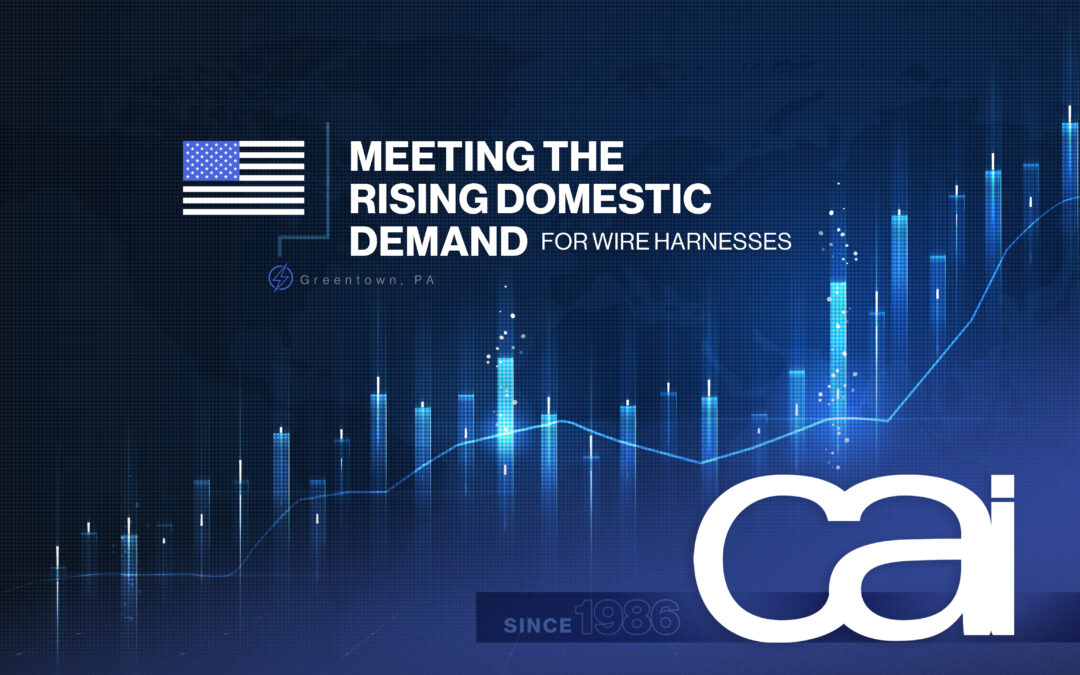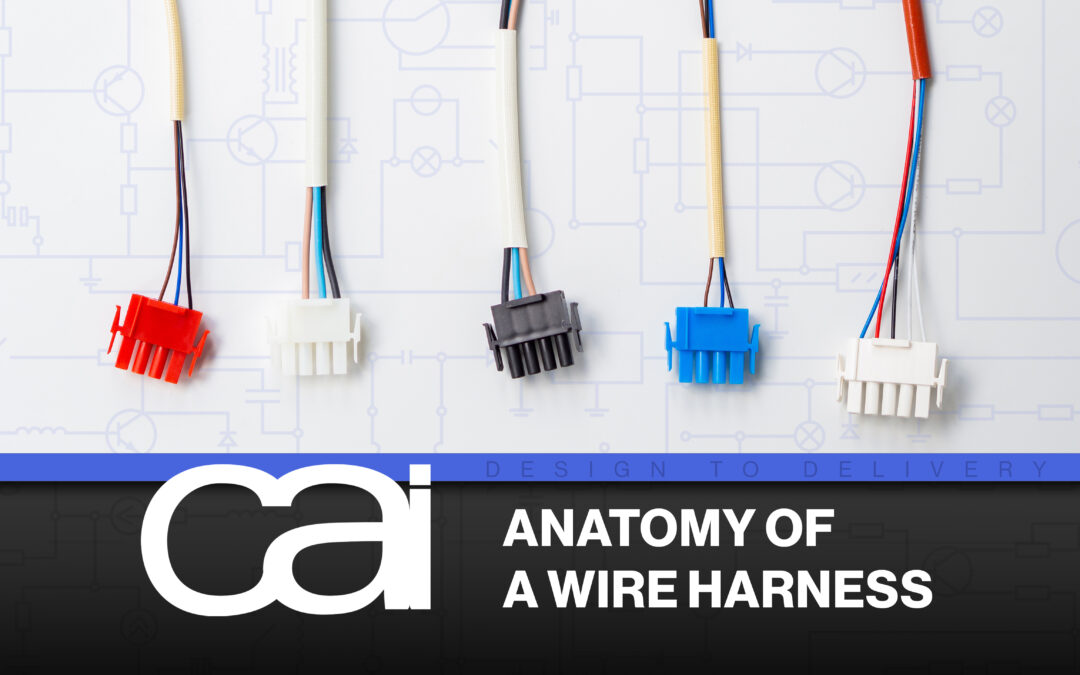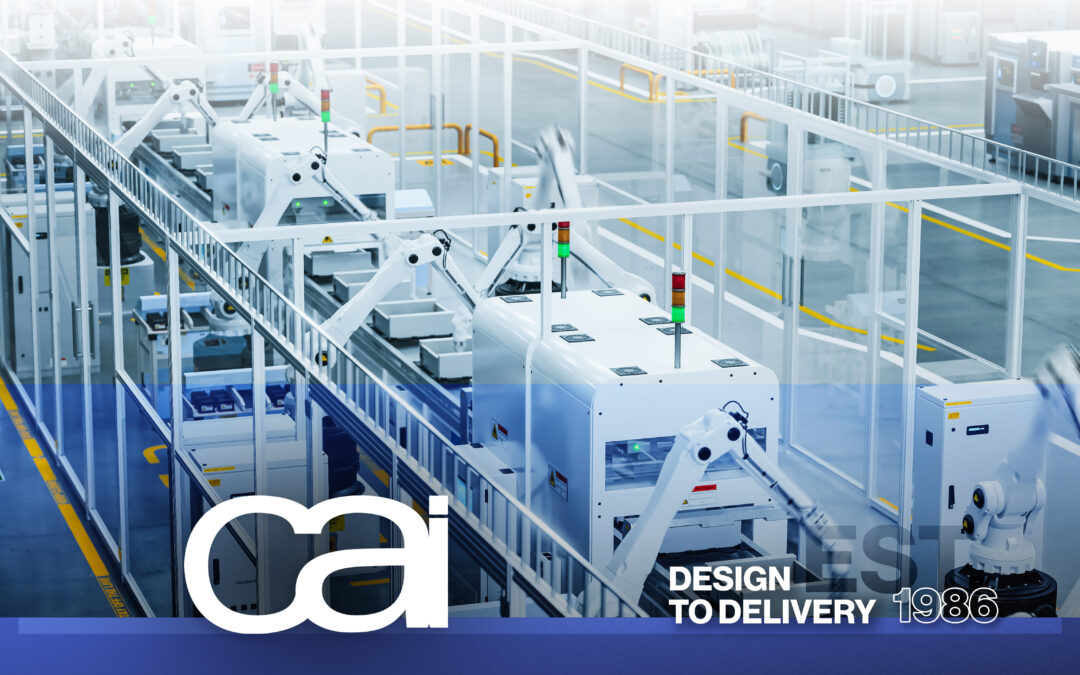Ensuring Optimal Safety in Wire Harness Design
The ability to control and utilize electricity — for everything from lighting homes to powering cars — is easily one of history’s greatest achievements, leading to many of our modern conveniences. However, there have always been many dangers associated with it. When not “harnessed” correctly, electricity can cause fires, shock, and even death to those who get in its path. Thankfully, the electrical devices we use today have over 150 years of innovation behind them. That includes the wire harness, which is a collection of wires, cables, connectors, and other components bundled into a single unit for optimal organization and effectiveness.
As essential components used in a wide range of industries, particularly in automotive, aerospace, industrial machinery, and electronics, wire harnesses facilitate the distribution of electrical power and data throughout the machines and devices we rely on everyday. Because they are vital to the functioning of electrical systems, ensuring the safety, functionality, and reliability of these harnesses is critical. Along with performance and longevity, safety remains a top priority in their design and manufacturing.
Proper wire harness engineering utilizing best safety practices and relevant materials mitigates the risks of electrical failures, short circuits, and fires, as well as the property damage and physical injuries that may result. Trusted manufacturers like CAI maximize the performance and lifespan of wire harnesses while ensuring safety for users and equipment by considering many factors, including:
1. Electrical Load
Proper wire sizing and conductor material selection ensures that the wires, typically made of copper and/or aluminum, can handle the electrical load that will be placed upon them in its intended application without risk of overheating or failure.
Choosing the appropriate AWG (American Wire Gauge) with sufficient current-carrying capacity (measured in amperes) for the intended application and voltage is not only essential for performance but also for avoiding dangerous situations. Exceeding a wire’s maximum voltage rating can lead to breakdown of the insulation and ultimately overheating and fire hazards.
Thicker wires (lower gauge number) can carry higher current while thinner wires (higher gauge number), though more flexible, carry less current and are prone to overheating if the load exceeds their capacity. Wires with voltage ratings well above a system’s maximum operating voltage are usually chosen
Connectors and terminals must also be rated for the appropriate type of wire and current load because mismatched connectors can result in arcing or intermittent electrical flow. Fuse and circuit breakers are also utilized to protect wiring from overcurrent conditions.
2. Environmental Conditions
Like all electrical systems, wire harnesses have to contend with the environments in which they are placed — from the harsh conditions of marine and aerospace applications to the relative stability of medical equipment and indoor consumer appliances. Temperature, moisture, chemical exposure, UV exposure, and other threats must be accounted for when designing a safe harness. From insulation to outer cover, the materials that make up a harness must be high quality and carefully selected to combat such conditions.
For both extremely high- or low-temperature environments, manufacturers must choose wire component materials with appropriate temperature ratings in order to handle those extremes without becoming brittle, softening, or breaking down. Insulation materials, such as PVC, Teflon, or silicone, are rated for specific environmental threats such as temperature and chemical exposure in order to protect the wires from electrical shorts and wear that could result. Some wires are also coated or sheathed with materials like tin, silver, or nickel to provide additional protection against corrosion while also improving conductivity.
For high fire-risk applications, like the automotive and aerospace industries, flame-resistant or flame-retardant coatings and materials that meet fire safety ratings are essential to minimize fire hazards. Meanwhile, environmental sealing and waterproof connectors are used with systems exposed to rain, snow, dirt, or harmful liquid chemicals, while UV-resistant materials are often used for outdoor installations to prevent degradation. Because the quality of the connections are critical to optimal safety, high-quality crimping and soldering are also essential to create strong, safe, and reliable connections.
3. Physical Wear & Tear
Many applications involve movement, whether continual or intermittent, that can adversely affect the safety of a wire harness if not designed and manufactured properly. Durable materials are often necessary, along with enhanced protection processes such as overmolding and strain relief, to prevent wires from stretching or breaking under mechanical stress which could then lead to conductor exposure and ultimately system failure and safety hazards.
During installation, the routing and organization of the wire harness are also important to minimize friction, abrasion, or accidental pinching which can lead to physical damage, interference, or wear and tear over time. This includes avoiding sharp edges, heat sources, or moving parts that could damage wires or insulation, as well as bundling and securing wires using clips or cable ties to keep wires organized and prevent tangling or rubbing. The use of protective sleeves, conduits, or wraps also helps prevent abrasion or environmental damage.
4. Grounding Needs
Electrical grounding is the process of creating a pathway for electricity to safely discharge, typically into the ground. Without grounding, electricity may build up inside conductors or connected devices causing them to arc which can lead to voltage fluctuations, electrical shock, and fires.
Proper grounding of the wire harness ensures that this doesn’t happen and that grounding points are secure and corrosion-free. Depending on the application, wire harnesses can be grounded through a chassis, ground wires, connectors, shielding, or ground bars. Proper grounding design and maintenance are essential to wire harness safety.
5. Safety Standards
There are a number of local, national, and international electrical safety standards which attempt to govern the safe design, manufacturing, and placement of electrical components like wire harnesses. These include UL (Underwriters Laboratories), ISO (International Organization for Standardization), SAE (Society of Automotive Engineers), and RoHS (Restriction of Hazardous Substances).
Manufacturers must adhere to established regulatory standards for the specific industry (e.g., automotive, aerospace, military, etc.) a harness will be used. Use of certified materials and components guarantees that the wire harness meets the required safety, quality, and environmental specifications.
The prioritization of safety measures during wire harness design can significantly reduce electrical failures, fires, and other hazardous situations, ensuring optimal safety throughout the life of the harness. At the same time, thorough testing, proper installation, and regular inspection and maintenance ensure proper function and safety throughout its operational lifespan.
With over 35 years of wire harness experience, CAI is the manufacturer you can trust to take care of all your wire harness needs, ensuring maximum safety in design and manufacturing. Reach out to us today with your unique wire harness application and requirements.
